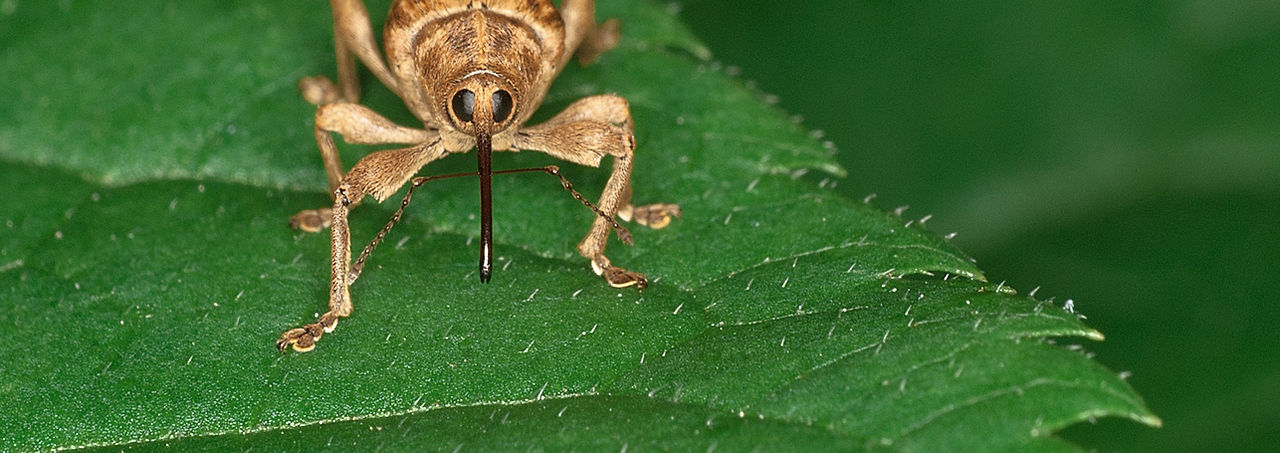Acerca de

Diagnostic Services
COVID-19 NOTICE: All in-person Master Gardener activities are canceled until further notice, including the physical Diagnostic Clinic. For Diagnostic Services, please join the Online Yard & Garden Helpline, details below.


Master Gardeners Can Help You:
-
Identify plants and weeds.
-
Diagnose common insect, disease or plant problems.
-
Explain how to control pests and weeds with little to no chemical use.
-
Discuss your lawn, tree, flower, vegetable and pest problems.

Garden Q&A – LIVE
May 26th through end of September
Wednesdays and Saturdays
12pm-1pm
Participants are encouraged to join the helpline events online so pictures and links can be shared, however they can also join by phone. Bring your questions or listen in.
-
To join online by computer, smartphone, or tablet, follow this Zoom link HERE.
-
passcode drcJM3
-
-
To join by phone: Dial (651) 372 8299 and enter Meeting ID: 921 6004 1495.

COVID-19 NOTICE: All in-person Master Gardener activities are canceled until further notice, including the physical Diagnostic Clinic. For Diagnostic Services, please join the Online Yard & Garden Helpline shown above. These forms may help you diagnose your problem.
Bringing Samples
In-person or drop off Diagnostic Clinic is located: University of Minnesota Extension Building (The Barn), 2020 White Bear Ave, Maplewood, MN 55109
Optional Diagnostic Forms
Sample Collection Instructions
-
Collect your sample on the day you come to the clinic to keep it fresh. Bring enough plants to show all stages of the symptoms. Note the pattern of symptoms over the whole garden.
-
Fleshy plant parts (bulbs, fruits and roots): wrap plants in paper towels to absorb leaks.
-
Flowers and vegetables: Bring the entire plant with the roots and surrounding soil. Enclose the roots in a plastic bag and keep the soil from touching the leaves.
-
Foliar/Leaf disease: Bring enough plants to show all stages of the disease from healthy to sick. Note the overall pattern on the plant (i.e. are all the leaves affected or just the lower branches?).
-
Grass samples: Grass samples must be a minimum of 6"x6" sections with the roots intact. Include sick grass, grass on the edge of the sick area and healthy grass.
-
Woody trees and shrubs: Collect branch samples that show the range of symptoms but are not dead.
-
-
Insect samples:
-
Bring several specimens if possible. Include plant sample showing insect damage. Preserve soft-bodied specimens in rubbing alcohol.
-